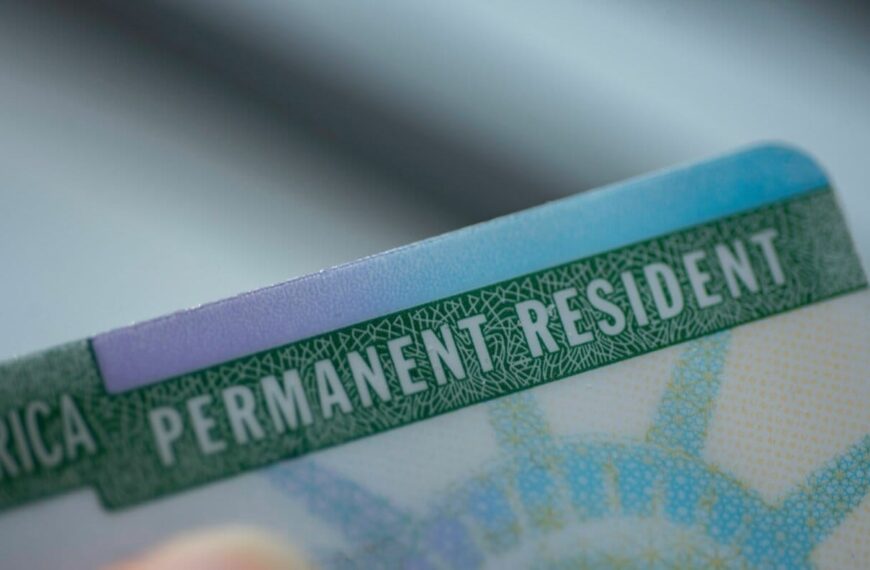Steinbach Unveils Designated Employers for Rural Residency Pathway
In recent developments, the city of Steinbach has announced a significant initiative aimed at enhancing immigration pathways for skilled workers and their families. This move is part of a broader strategy to attract talent to rural communities, which are often in need of skilled labor. This article delves into the details of the designated employers for the Rural Pathway to Permanent Residence, along with its implications for immigration and employment in rural areas.
Understanding the Rural Pathway to Permanent Residence
The Rural Pathway to Permanent Residence is designed to facilitate the immigration process for skilled workers who wish to settle in rural areas like Steinbach. This initiative not only aims to fill labor shortages but also to revitalize communities by welcoming newcomers.
Key features of this pathway include:
Designated Employers in Steinbach
The designated employers play a crucial role in the success of this initiative. These employers have committed to providing job opportunities and supporting the integration of new immigrants into the community. The list of designated employers includes various sectors such as healthcare, construction, and hospitality, reflecting the diverse needs of the local economy.
Benefits for Employers:
- Access to a wider talent pool, allowing businesses to fill critical positions.
- Support from the government in navigating the immigration process.
- Increased competitiveness in the labor market.
Impact on Immigration Trends
The establishment of the Rural Pathway to Permanent Residence not only addresses local labor shortages but also aligns with broader immigration trends across Canada. As urban areas become increasingly saturated, many immigrants are looking towards rural communities for new opportunities.
This initiative is particularly relevant in light of recent immigration news, where various regions are adapting to changing demographics and labor needs. For example, reports from USCIS indicate a growing interest in immigration pathways that offer stability and community support for newcomers.
Challenges and Considerations
While the Rural Pathway to Permanent Residence presents numerous opportunities, it is not without challenges. Some potential issues include:
Conclusion
The unveiling of designated employers for the Rural Pathway to Permanent Residence in Steinbach is a proactive step towards fostering a vibrant and diverse community. By creating a structured immigration pathway, Steinbach not only addresses local labor shortages but also sets a precedent for other rural areas to follow.
As immigration continues to evolve, initiatives like this will play a pivotal role in shaping the future of rural communities across Canada. The success of this program will depend on collaboration between employers, government agencies, and the community to ensure that newcomers can thrive in their new environment.
In summary, the Rural Pathway to Permanent Residence is a promising opportunity for skilled workers looking to establish themselves in rural areas, while also benefiting local economies and communities. As Steinbach leads the way, other regions may take inspiration from this initiative to enhance their own immigration policies and attract the talent needed for future growth.










